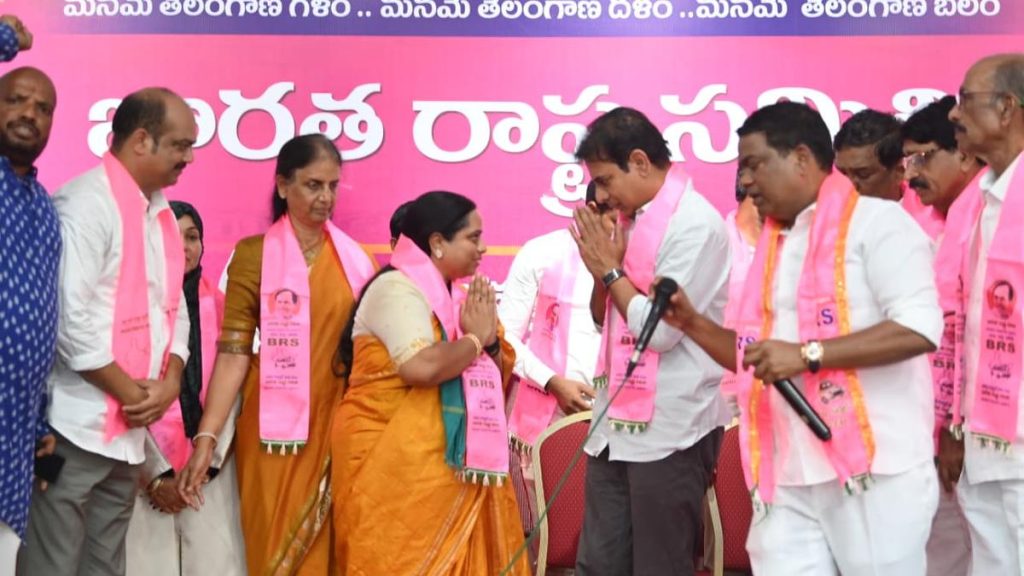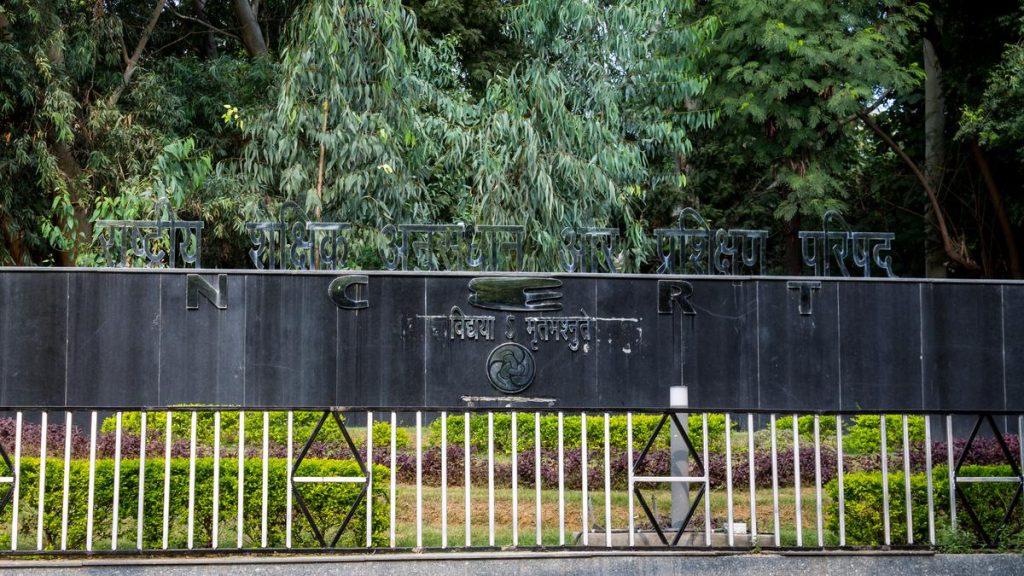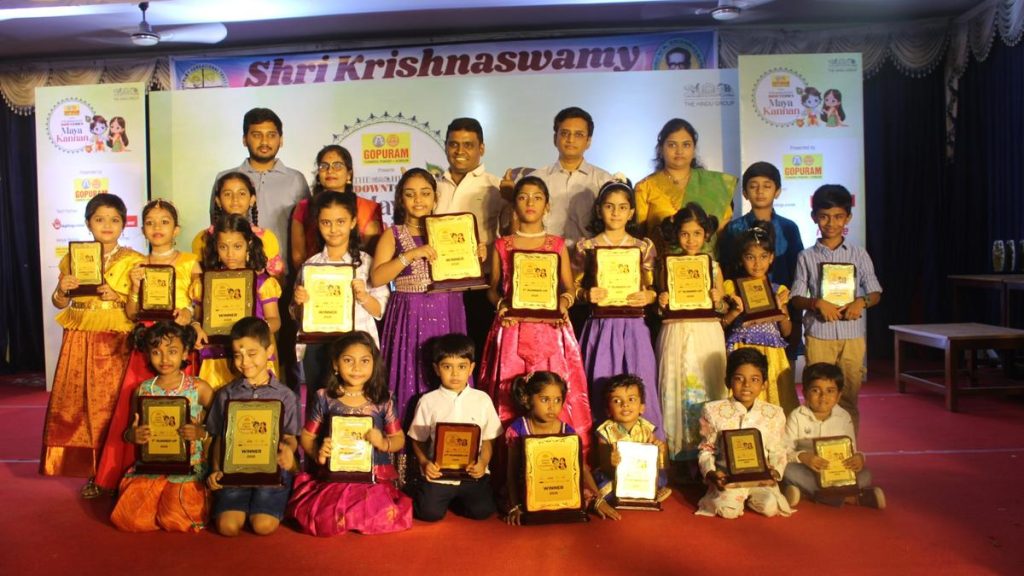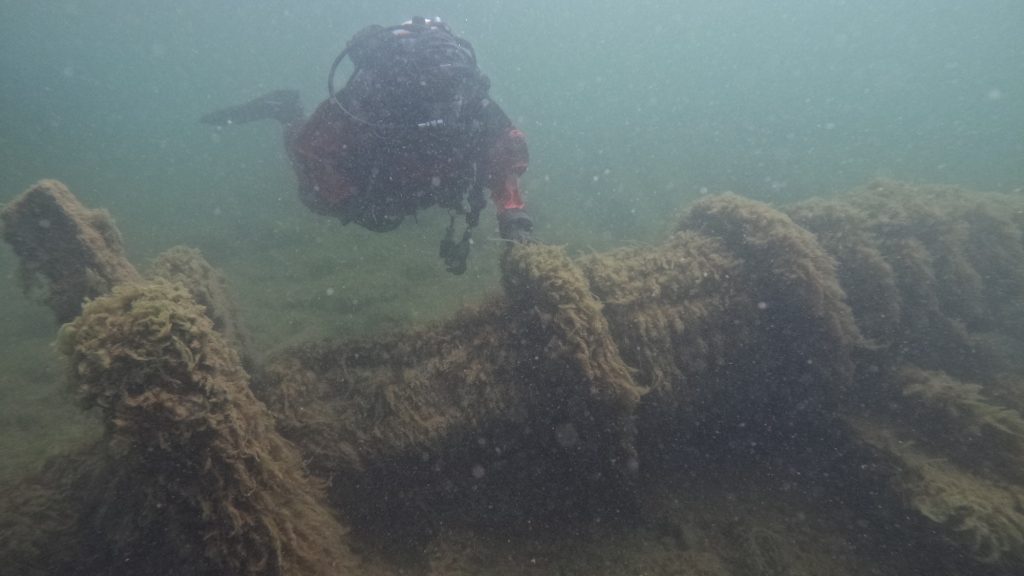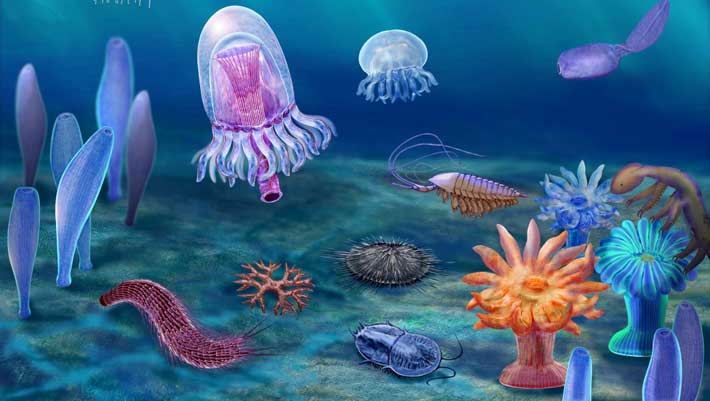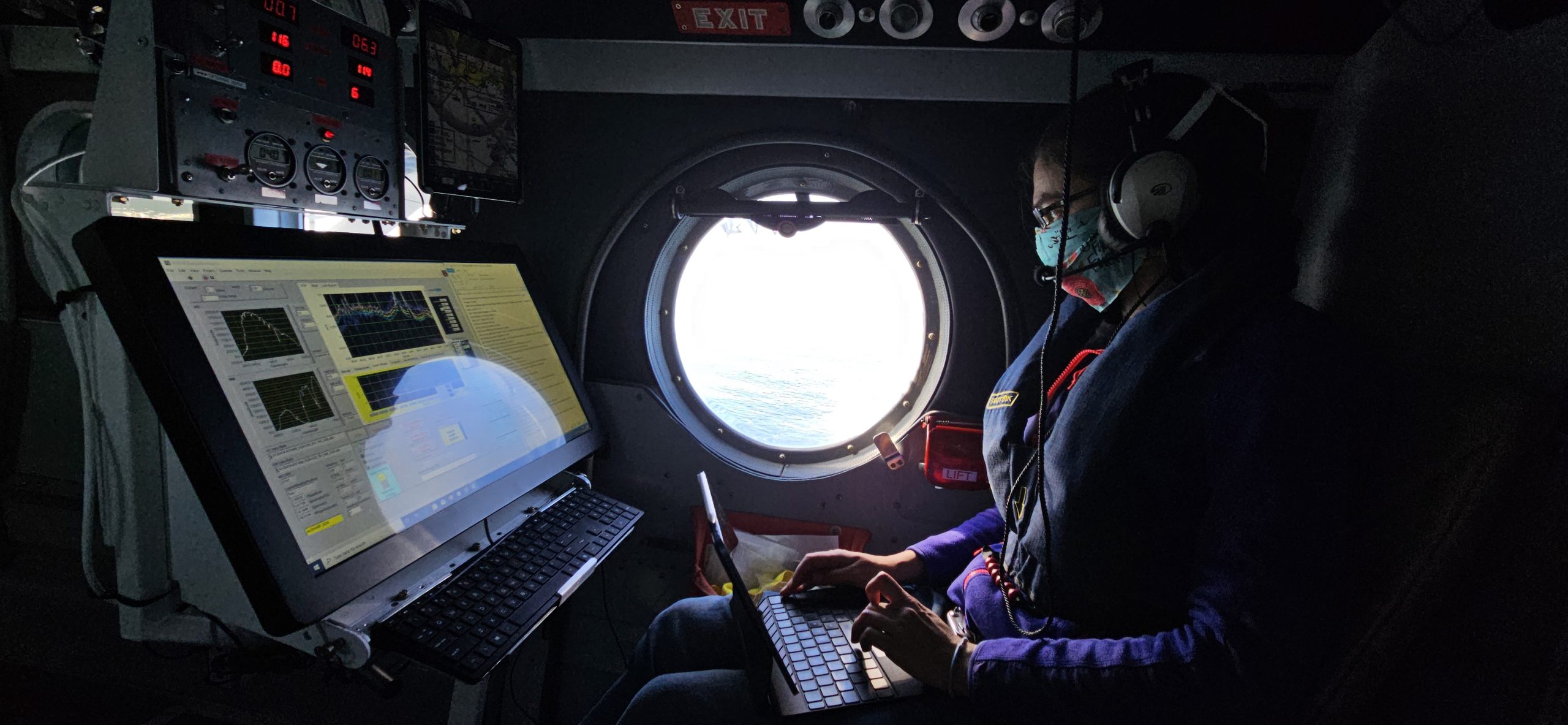Now Reading: NASA Mars Orbiter Adapts After 20 Years in Space
-
01
NASA Mars Orbiter Adapts After 20 Years in Space
NASA Mars Orbiter Adapts After 20 Years in Space
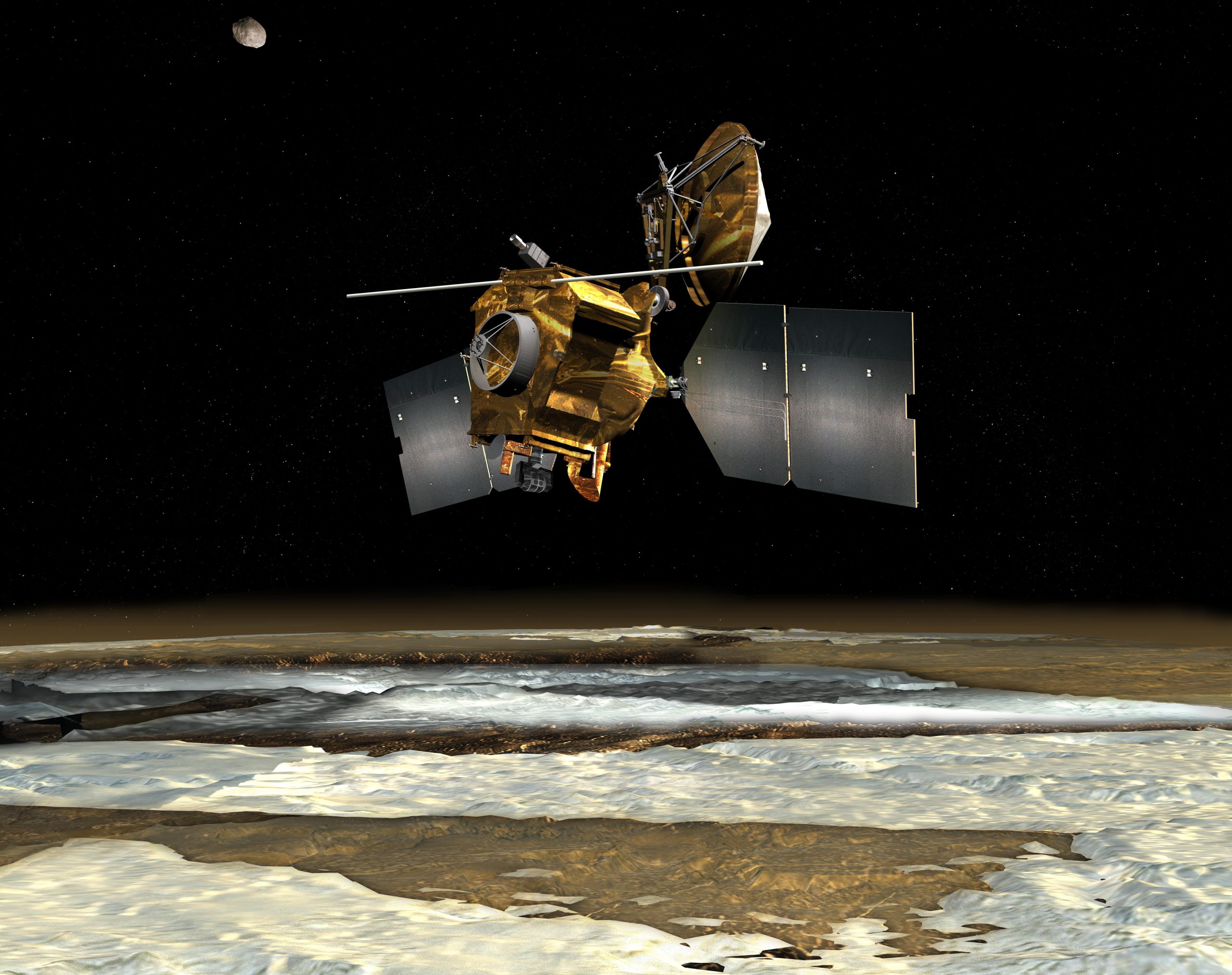
Quick Summary
- NASA’s Mars Reconnaissance Orbiter (MRO), operating for nearly 20 years, is testing a new maneuver called “very large rolls” to enhance underground exploration on Mars.
- The spacecraft can now roll up to 120 degrees, allowing its Shallow Radar (SHARAD) instrument a deeper view of underground materials like rock, sand, and ice on Mars.
- These rolls improve radar signals by tenfold but require extensive planning due to battery power concerns and interruptions in earth dialog during the maneuver.
- SHARAD’s enhanced capabilities could assist future astronaut missions by locating accessible ice deposits useful for rocket propellant production and understanding Martian geology and climate.
- Another MRO tool, the Mars Climate Sounder radiometer, uses standard rolling capability after its aging gimbal became unusable in 2024. It studies dust storms and cloud formation on the Martian surface.
- MRO management is handled by NASA’s Jet Propulsion Laboratory (JPL),while SHARAD operations are carried out collaboratively between Italy’s Sapienza University of Rome and U.S.-Italian science teams.
Indian Opinion Analysis
The technological advancements realized by NASA’s MRO highlight the enduring value of long-term missions in space exploration.The introduction of “very large rolls” showcases how adaptive engineering can optimize older spacecraft for new scientific goals. For India-a rising player in space technology-this innovation offers crucial insights into designing versatile instruments with extended operational lifetimes. India’s own lunar orbiter programs could benefit from similar adaptability principles.
Furthermore,SHARAD’s focus on locating water sources underscores the importance of subsurface radar technologies as future assets for interplanetary missions-a priority area as India considers crewed deep-space ventures like Gaganyaan Phase II or beyond. Beyond technological resonance, collaborations such as those between NASA and Italy serve as models that India might replicate or expand upon through partnerships with global agencies in planetary science initiatives.Such developments reaffirm Earth’s collective interest in exploring neighboring planets while emphasizing robust engineering approaches capable of standing rigorous operational demands over decades.


